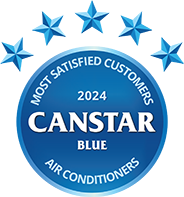Our review compares air conditioners on customer satisfaction, so you can find out what other Aussies think about the compared brands before you go ahead with a purchase. Think of it as like asking hundreds of your closest mates which air conditioner they think is best!
Canstar Blue surveyed 912 Australians for their feedback on the air conditioner(s) they’ve purchased, installed and used in the last three years.
The winning brand is the one that receives the highest overall satisfaction rating once all the scores from the overall satisfaction criteria are combined and averaged.
Find more detailed information on our Most Satisfied Customer methodology.
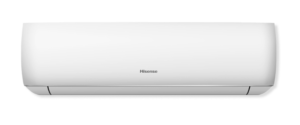
Hisense received five stars for value for money and overall satisfaction, as well as four stars for performance, ease of use, features and functionality, quietness and design.
Hisense is an appliance and electronics manufacturer that sells home appliances such as air conditioners, dishwashers and televisions. Hisense air conditioners have features including app control, self-cleaning capabilities and smart-assistant connection.
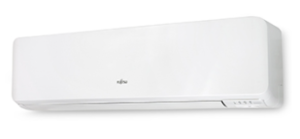
Fujitsu General scored five stars for performance, ease of use, features and functionality, quietness and design, as well as four stars for value for money and overall satisfaction.
Fujitsu General is a home cooling and heating company that was founded in Japan in 1936. Fujitsu’s installed air conditioner models have features including artificial intelligence, app control and scheduling capabilities.
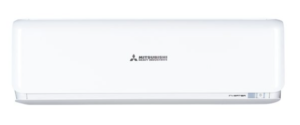
Mitsubishi Heavy Industries received five stars for performance, features and functionality, quietness and design as well as four stars for ease of use, value for money and overall satisfaction.
Mitsubishi Heavy Industries is an industrial group that operates within many sectors including energy, infrastructure and logistics. Mitsubishi Industries offers a range of installed air conditioners, split, multi-split, ducted and commercial systems.
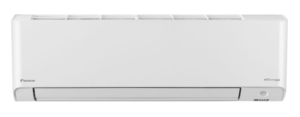
Daikin earned five stars for performance, ease of use and quietness as well as four stars for features and functionality, value for money, design and overall satisfaction.
Daikin is a Japanese heating and cooling company that came to Australian shores in 1969. Daikin sells a variety of mounted and ducted air conditioners as well as air purifiers and hydronic heating and cooling systems.

Panasonic scored four stars for performance, ease of use, features and functionality, value for money, quietness and design, as well as three stars for overall satisfaction.
Panasonic is another Japanese brand that sells electric appliances and consumer electronics across the world. It offers a range of single and multi-room air conditioners, as well as control panel systems and air purifiers.
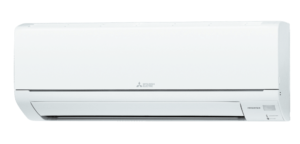
Mitsubishi Electric scored five stars for quietness, four stars for performance, ease of use, features and functionality, value for money and design, as well as three stars for overall satisfaction.
Mitsubishi Electric, formerly a part of the Mitsubishi Heavy Industries Company, is a manufacturer of electrical products for commercial and residential use. The brand sells mounted air conditions for single rooms, as well as ducted air conditioners and multi-room air conditioners.

LG scored four stars for value for money, as well as three stars for performance, ease of use, features and functionality, quietness, design and overall satisfaction.
LG is a South Korean brand that sells home appliances from televisions and washing machines to ovens and fridges. The brand has ducted, single-split and multi-split air conditioners with features including voice control, energy use monitoring and built-in troubleshooting.
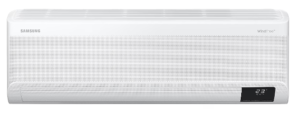
Samsung received four stars for features and functionality and design as well as three stars for performance, ease of use, value for money, quietness and overall satisfaction.
Samsung is another South Korean brand that sells technology and home appliances, including mobile phones, televisions, smart home devices and kitchen and laundry appliances. Its installed air conditioners have features such as built-in wifi, anti-allergy, bacteria and virus filters and artificial intelligence that memorises your cooling and heating patterns.
Not all brands in the market qualify for our ratings (based on minimum survey sample size), but that doesn’t mean they’re not worth considering. Here are several more brands to check out before making a purchase decision.

This article was written by Canstar Blue Home & Lifestyle Content Producer, Rachel Bollerman. Rachel graduated with a Bachelor of Communications, majoring in Journalism at the Queensland University of Technology. She has worked in a variety of public relations, marketing and communications roles, gaining experience in community management, social media marketing, blog writing and other styles of copywriting. When she’s not working, Rachel enjoys doing arts and crafts projects at home and spending time with friends.

Samantha Howse is Canstar Blue’s Consumer Research Specialist, coordinating the consumer research program behind our customer satisfaction awards across Canstar and Canstar Blue in Australia and New Zealand. Sam has earned a Bachelor of Business (Marketing) from Griffith University and, with seven years in market research and 2 years in marketing, she is experienced in survey design, implementation and analysis, coupled with an understanding of marketing principles and best practice.
Here are the past winners from Canstar Blue’s air conditioner ratings:

Best-Rated Air Conditioner Brand - April 23rd
What is the best temperature for your air conditioner? Does air con temperature affect running costs? Read more with Canstar Blue.
– Read more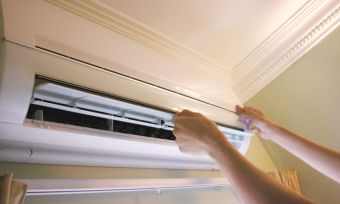
Appliances - February 20th
To get maximum efficiency from your air conditioner, you’ll need to make sure it’s clean. Read the top tips for cleaning your air con from Canstar Blue.
– Read more
Best-Rated Air Conditioner Brand - November 21st
The Canstar Blue guide to home insulation. Keep the cost of cooling and heating your home down without blowing the power bill budget.
– Read more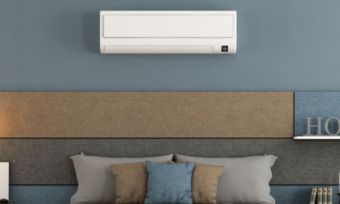
Appliances - November 29th
Australian summers can be unforgiving, so which air conditioner is best for you – a split-system or portable air conditioner? Canstar Blue’s review can help.
– Read more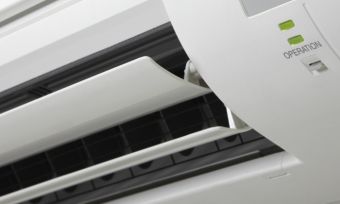
Appliances - November 28th
Everyone wants to reduce their power bills, but will buying a more expensive air conditioner save you money in the long run? Find out at Canstar Blue.
– Read moreSee our Ratings Methodology.
*Product availability and price range are current as of the stated date, may be subject to change.
Referral Partners
By clicking on a brand, 'go to site', 'shop online', 'get quotes now', or 'see offer' button, you will leave Canstar Blue and be taken to our referral partner to compare. Canstar Blue may be paid for this referral. You agree that Canstar Blue’s terms and conditions apply to this referral.
Canstar Blue may earn a fee for referrals from its website tables, and from sponsorship of certain products. Fees payable by product providers for referrals and sponsorship may vary between providers, website position, and revenue model. Sponsorship fees may be higher than referral fees. Sponsored products are clearly disclosed as such on website pages. They may appear in a number of areas of the website such as in comparison tables, on hub pages and in articles. Sponsored products may be displayed in a fixed position in a table, regardless of the product's rating, price or other attributes. The table position of a Sponsored product does not indicate any ranking or rating by Canstar. The table position of a Sponsored product does not change when a consumer changes the sort order of the table. For more information please see How Are We Funded.
